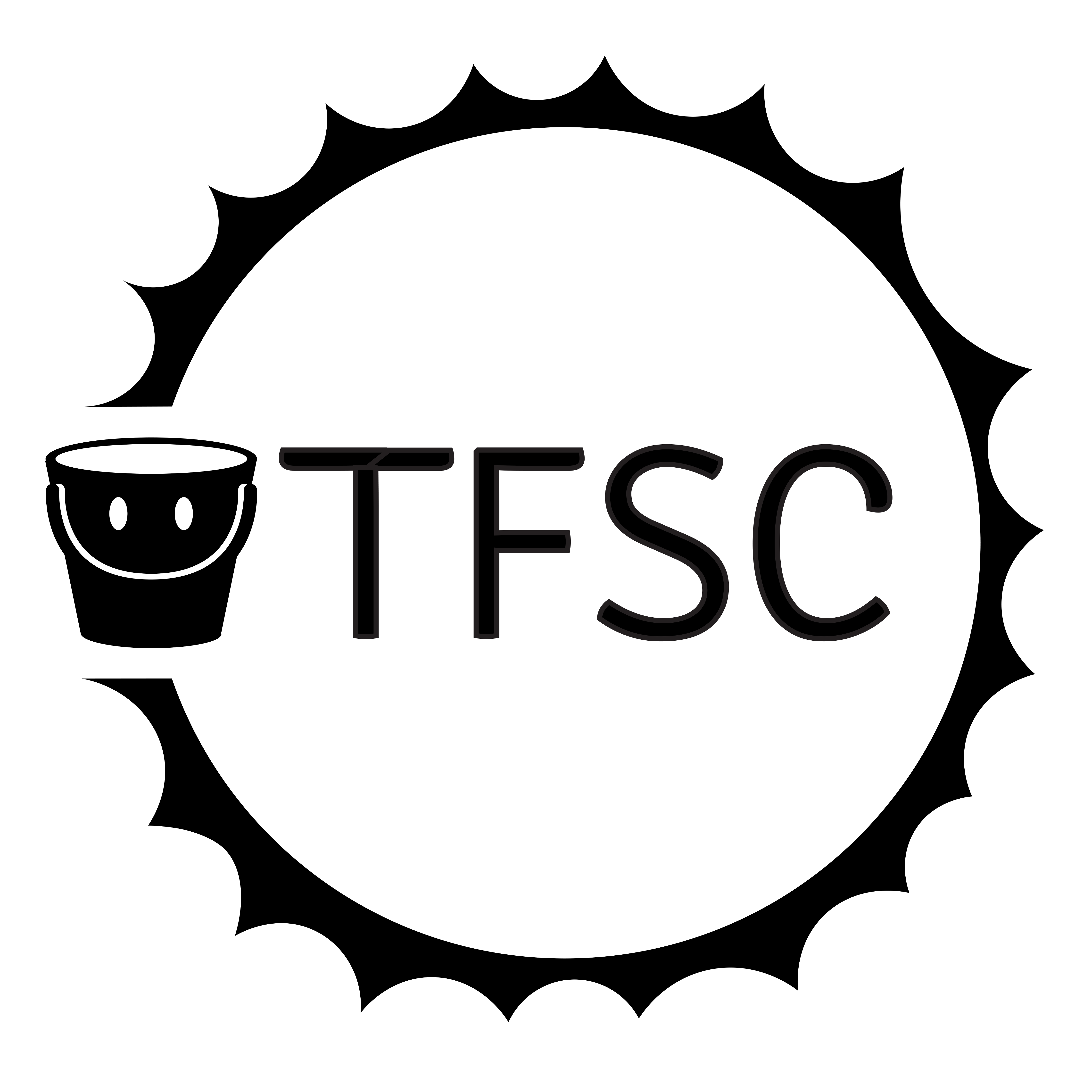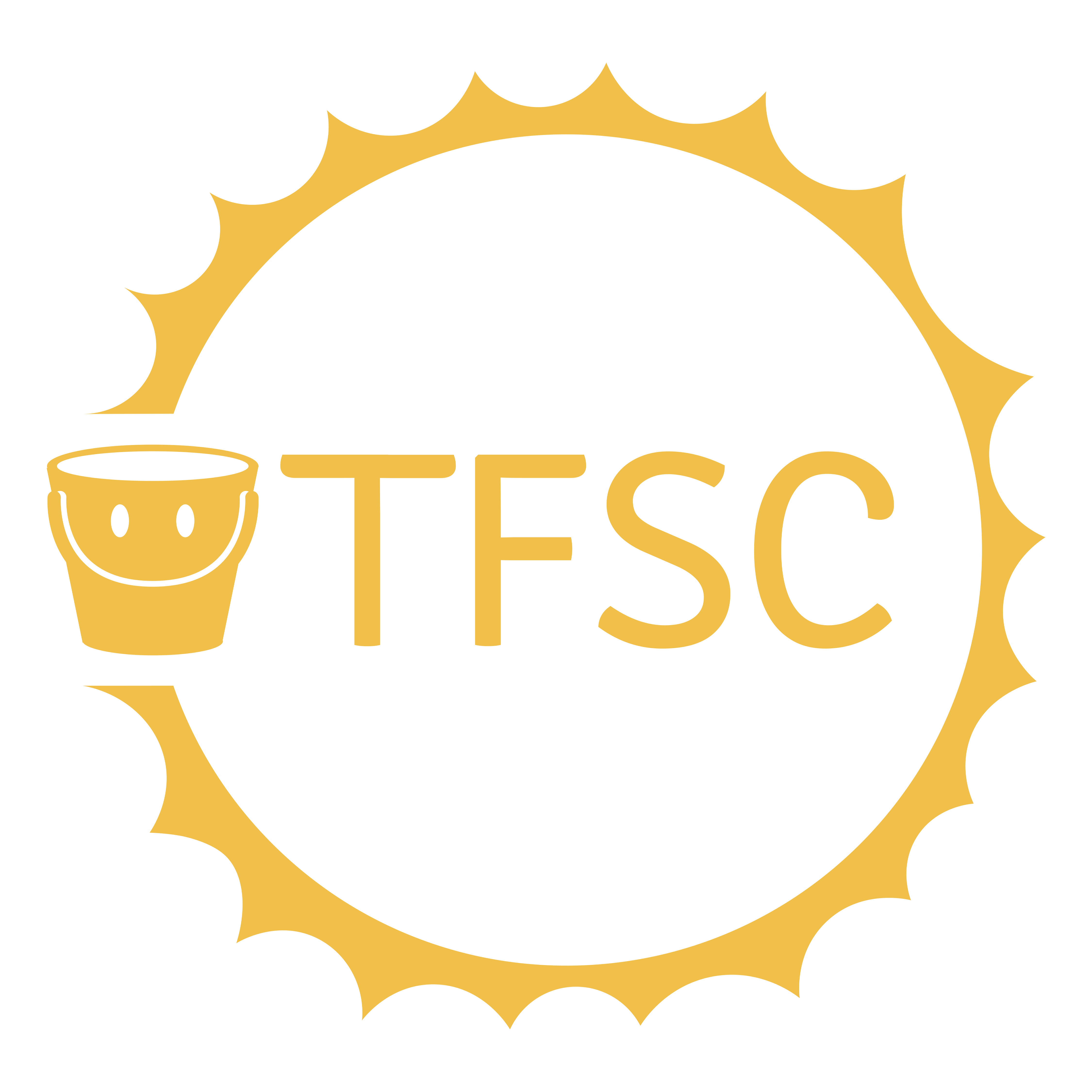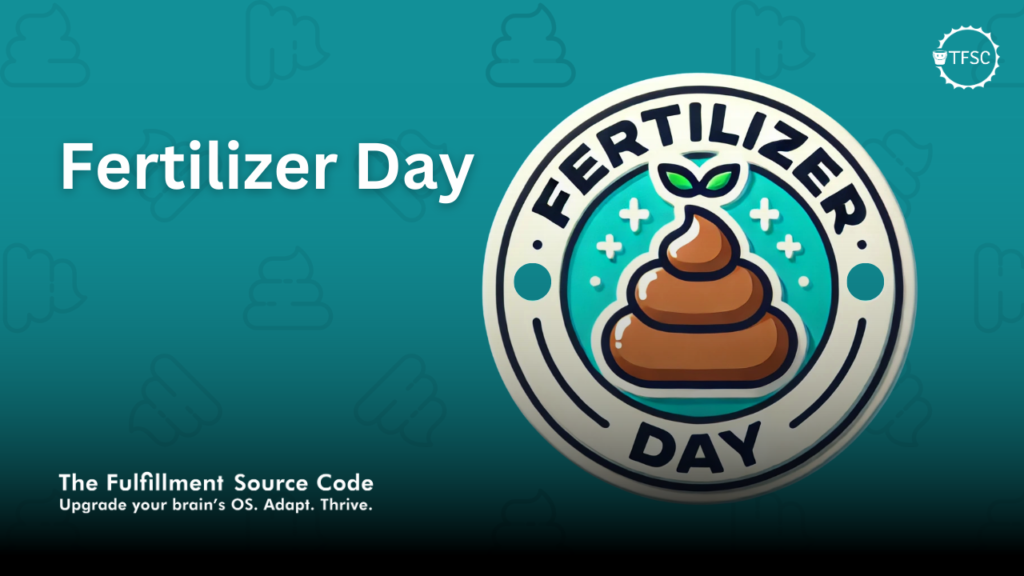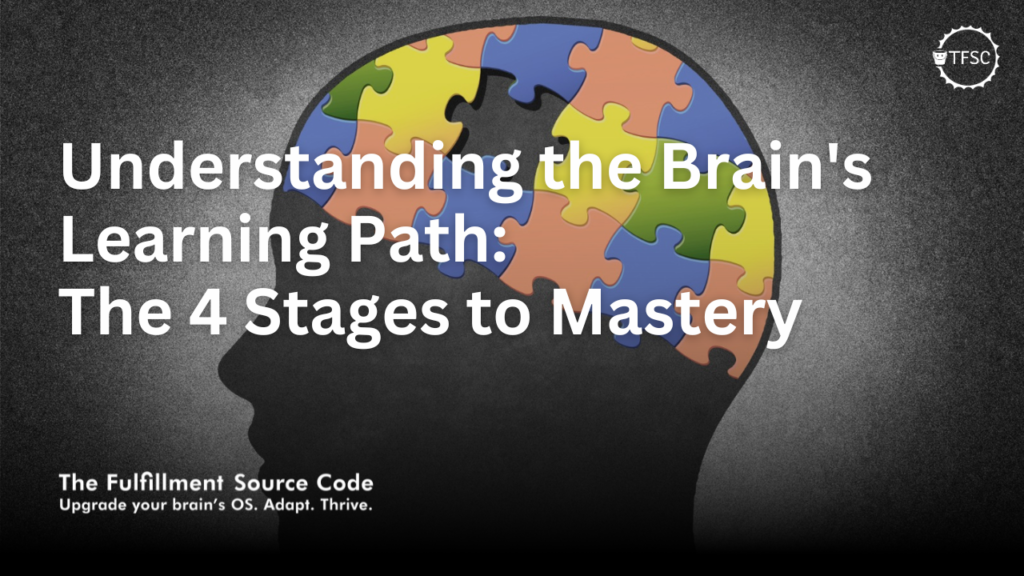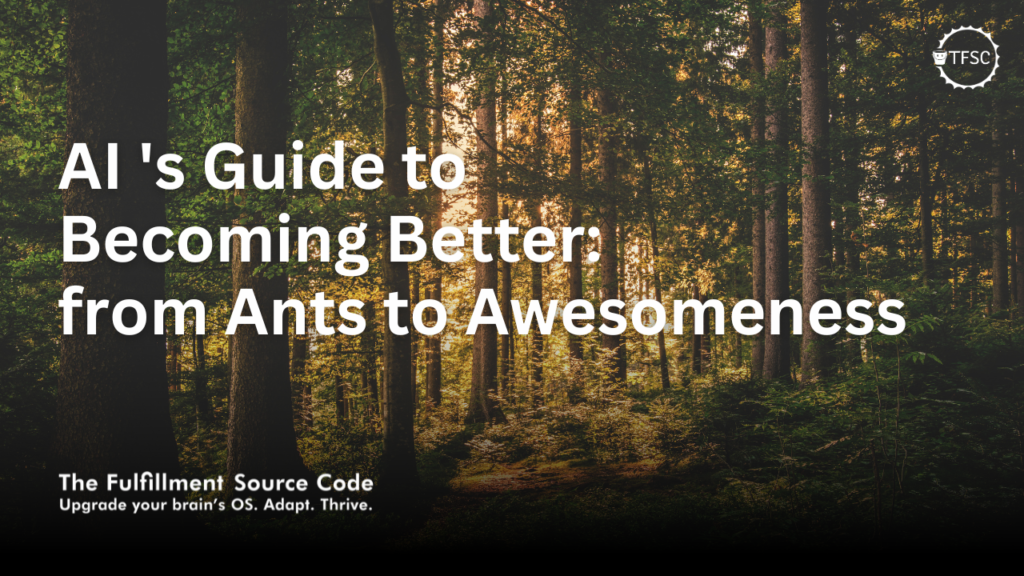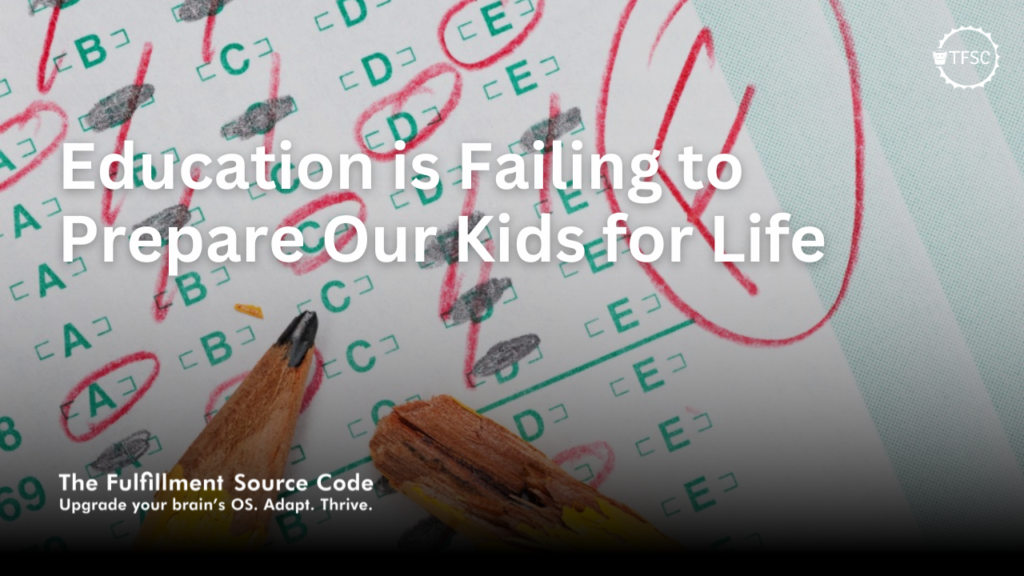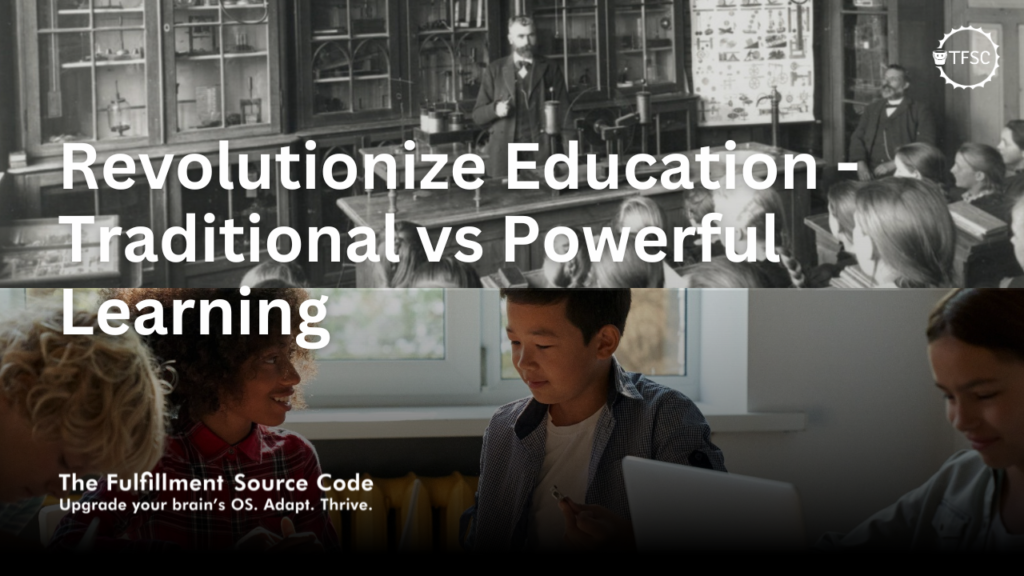This Brainy Adventure Will Revolutionize Education
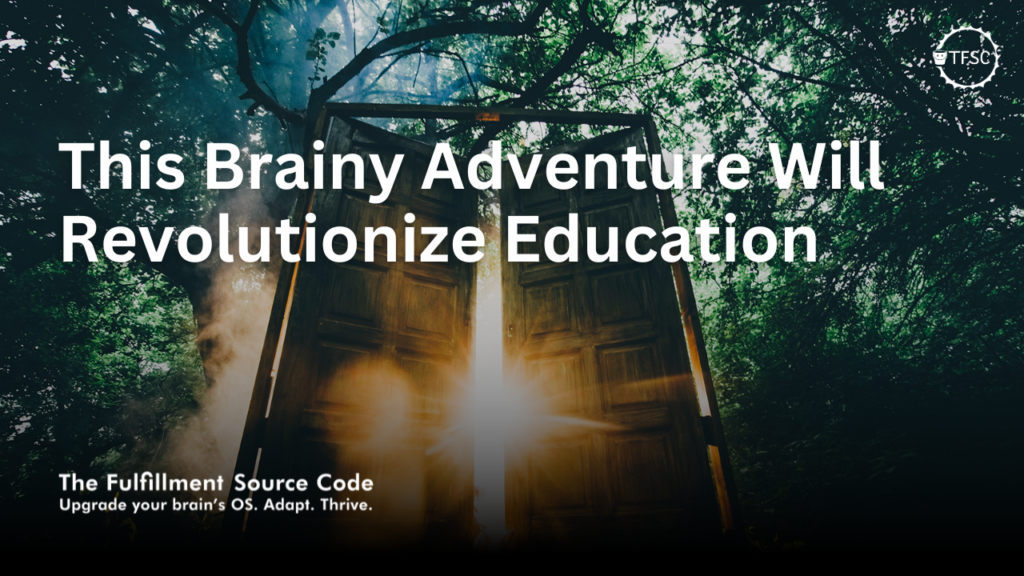
It started off very strong, followed by years of iterating to finally discover the key to sharing this with everyone.
After delivering the in-person The Fulfillment Source Code (TFSC) class multiple times and having parents repeatedly ask if we could teach this class to them, it became painfully clear, that even if I taught the FSC every day for the rest of my life, it would barely scratch the surface.
Thus began our own adventure towards creating an effective means to scale the TFSC experience. “Scalable” was our starting point.
Books are scalable, but we found very few people actually read and even fewer parents actively read with their children. It’s perfectly natural to give a child a storybook to read on their own but skill acquisition is different story altogether. Imagine trying to learn the piano or the martial arts, from just reading a book.
Videos are also scalable and much easier than a book to complete, but they are usually passively watched and given FOMO, most people want to get through as many as quickly as they can. Not very conducive for acquiring skills.
Game-like apps are also scalable and more engaging, but they too were very much a race to get to the ‘next thing’. These experiences helped us discover the most important component that we were missing.
After years of trying various scalable formats, our new definition of scalable expanded to include six aspects … Must be engaging, effective, and enjoyable for students AND super easy to onboard and deliver/implement as well as being enjoyable for facilitators. (Yes, ‘enjoyable’, counts twice).
So without any further ado, introducing: The FSC’s Adventure Model
(Inspired by the “real magic” of role-playing games like Dungeons & Dragon.)
Whether you are old enough to have played it as a kid, or if you’ve only seen it played on shows like Stranger Things or The Big Bang Theory… you have probably heard of the game called Dungeons and Dragons.
It was popular before smartphones, Pokémon and even before personal computers.
It’s a game played with a group and mostly, in your mind.
It relies on storytelling, imagination and working together on a common goal with many challenges in your path.
There are three key components in D&D: the Campaign, the Game Master (GM), & the Players.
- The Campaign is usually a booklet; bought off the shelf that contains the basic details of the quest. It provides the structure and is shared with the players, read by the GM.
- The GM is the one who reads the campaign beforehand and guides the players through their adventure. The GM answers questions the players may have, but doesn’t play themselves. The GM’s role is to facilitate the adventure for the players.
- The Players join the quest, knowing simply it is up to them to work together, deal with setbacks and face the challenges, together.
The brain loves stories (Kaplan & Gimbel, 2020). The brain loves being a valued member of a group (Bavel & Cikara, 2019) and the brain was built to solve problems that are interesting and personally relevant (Baranik, Allen & Thomas, 2019).
The real magic of D&D is not what is written in the campaign, that scalable part, or even the GM who weaves the players into the story, but rather the ACTIVE PARTICIPATION THE PLAYERS HAVE WITH EACH OTHER.
Active participation is critical and needs facilitation. If simply watching videos were enough to attain expertise, I’d have learned martial arts watching Black-Belt theater.
Luckily, with today’s technology, even more interactive, engaging content can be scaled.
A large portion of the GM’s storytelling can be embedded in the video and prompts for interaction as well.
With the right attitude, TFSC facilitation needs just a little bit of training and preparation. No one needs to become a professor of neurology to help tweens learn about neuroplasticity. With a little bit of coaching, some practice and the TFSC guides, even passionate high-school students can facilitate some magic.
Sources & References
Jonas T. Kaplan and Sarah I. Gimbel. “The neural basis of motivated reasoning: An integrative framework”, Trends in Cognitive Sciences, 2020. The role of motivation in shaping the way the brain processes information, including how the brain responds to stories that are personally relevant.
Jay Van Bavel and Mina Cikara. “Social Identity Shapes Social Perception and Evaluation: A Social Neuroscience Perspective”, Oxford Handbook of Social Neuroscience, 2019. The ways in which being a valued member of a group can affect how the brain processes social information.
Lisa M. S. Baranik, Matthew T. Allen, and Kecia M. Thomas. “Problem-Solving Skills as a Predictor of Career Success: A Ten-Year Longitudinal Study”, Journal of Vocational Behavior, 2019. The relationship between problem-solving skills and career success over a ten-year period, highlighting the importance of being able to solve problems that are personally relevant in order to achieve success.
L. S. Vygotsky. “Interaction Between Learning and Development.” Mind in Society: The Development of Higher Psychological Processes, edited by M. Cole et al., Harvard University Press, 1978, pp. 79-91.
Classic study that highlights the importance of social interaction in learning, and suggests that learning can be facilitated through collaboration and participation in social activities.
J. W. Pellegrino and L. K. Farrington. “Assessing 21st Century Skills: Summary of a Workshop.” National Academies Press, 2012. Assesses 21st century skills, including critical thinking, problem-solving, and collaboration. Emphasizes the importance of these skills for success in the modern workforce, and suggests that traditional learning methods may not be sufficient for developing the skills needed for success in the 21st century.
Panksepp, J., & Biven, L. (2012). The archaeology of mind: Neuroevolutionary origins of human emotions. WW Norton & Company. This book explores the evolutionary and neurobiological roots of human emotions and how they shape learning and behavior.
Medina, J. (2014). Brain rules: 12 principles for surviving and thriving at work, home, and school. Pear Press. This book explores how the brain evolved to learn and adapt, and how this knowledge can be applied to improve education and learning environments.
